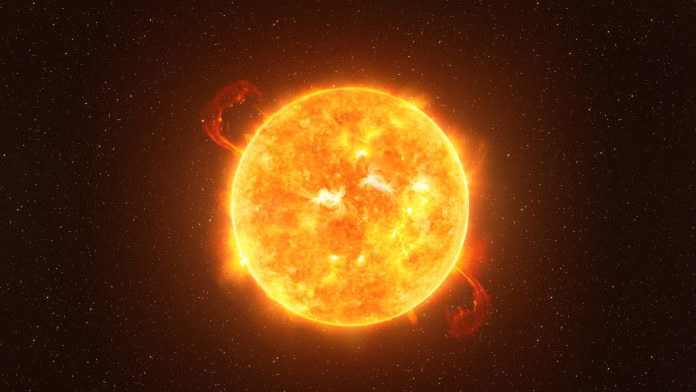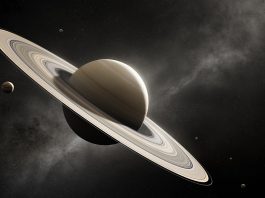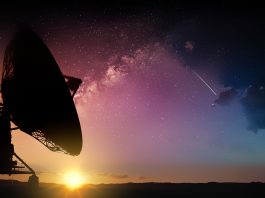In a groundbreaking advancement, NASA’s Parker Solar Probe has entered the Sun’s solar atmosphere, marking the first time in history a spacecraft has touched the Sun.
In a world first, a spacecraft has touched the Sun. NASA’s Parker Solar Probe has officially flown through the Sun’s upper atmosphere – the corona – and sampled particles and magnetic fields there.
This massive milestone and groundbreaking new results from NASA’s Parker Solar Probe were announced on December 14 in a press conference at the 2021 American Geophysical Union Fall Meeting in New Orleans.
The results have been published in Physical Review Letters and accepted for publication in the Astrophysical Journal.
A major step for solar science
A spacecraft touching the Sun for the first time represents a major step forward for solar science. Similarly, as to how the Moon landing enabled scientists to figure out how the Moon was formed, touching the Sun will facilitate scientists’ efforts to learn vital information about the Sun and its influence on the solar system as a whole.
“Parker Solar Probe touching the Sun is a monumental moment for solar science and a truly remarkable feat,” said Thomas Zurbuchen, the associate administrator for the Science Mission Directorate at NASA Headquarters in Washington. “Not only does this milestone provide us with deeper insights into our Sun’s evolution and it’s impacts on our solar system, but everything we learn about our own star also teaches us more about stars in the rest of the universe.”
Touching the Sun for the first time
As it gets closer to the solar surface, Parker has been able to make novel discoveries that other spacecraft have previously been too far away to observe, including from within the solar wind, which is the flow of particles from the Sun that can influence us at Earth.
In 2019, Parker found that magnetic zig-zag structures in the solar wind, known as switchbacks, are plentiful close to the Sun. However, how and where they form continued to be a mystery. Halving the distance to the Sun since then, Parker Solar Probe has now circled close enough to detect the location where they originate: the solar surface.
Parker Solar Probe gathers novel data
The first passage through the corona will continue to offer data on phenomena that cannot be observed from afar.
“Flying so close to the Sun, Parker Solar Probe now senses conditions in the magnetically dominated layer of the solar atmosphere – the corona – that we never could before,” added Nour Raouafi, the Parker project scientist at the Johns Hopkins Applied Physics Laboratory in Laurel, Maryland. “We see evidence of being in the corona in magnetic field data, solar wind data, and visually in images. We can actually see the spacecraft flying through coronal structures that can be observed during a total solar eclipse.”
This passage through the corona is the first of many scheduled for the mission. Parker will continue to spiral closer to the Sun, where it will ultimately get as close as 8.86 solar radii (3.83 million miles) from the surface. Upcoming flybys, the next of which is happening in January 2022, are expected to bring Parker Solar Probe through the corona again.
Advancements in physics
“I’m excited to see what Parker finds as it repeatedly passes through the corona in the years to come,” revelled Nicola Fox, division director for the Heliophysics Division at NASA Headquarters. “The opportunity for new discoveries is boundless.”
The size of the corona is also determined by solar activity. As the Sun’s 11-year activity cycle – the solar cycle – ramps up, the outer edge of the corona expands, giving Parker Solar Probe, meaning the probability of being inside the corona for longer periods of time is greater.
“It is a really important region to get into because we think all sorts of physics potentially turn on,” Kasper concluded. “And now we’re getting into that region and hopefully going to start seeing some of these physics and behaviours.”









